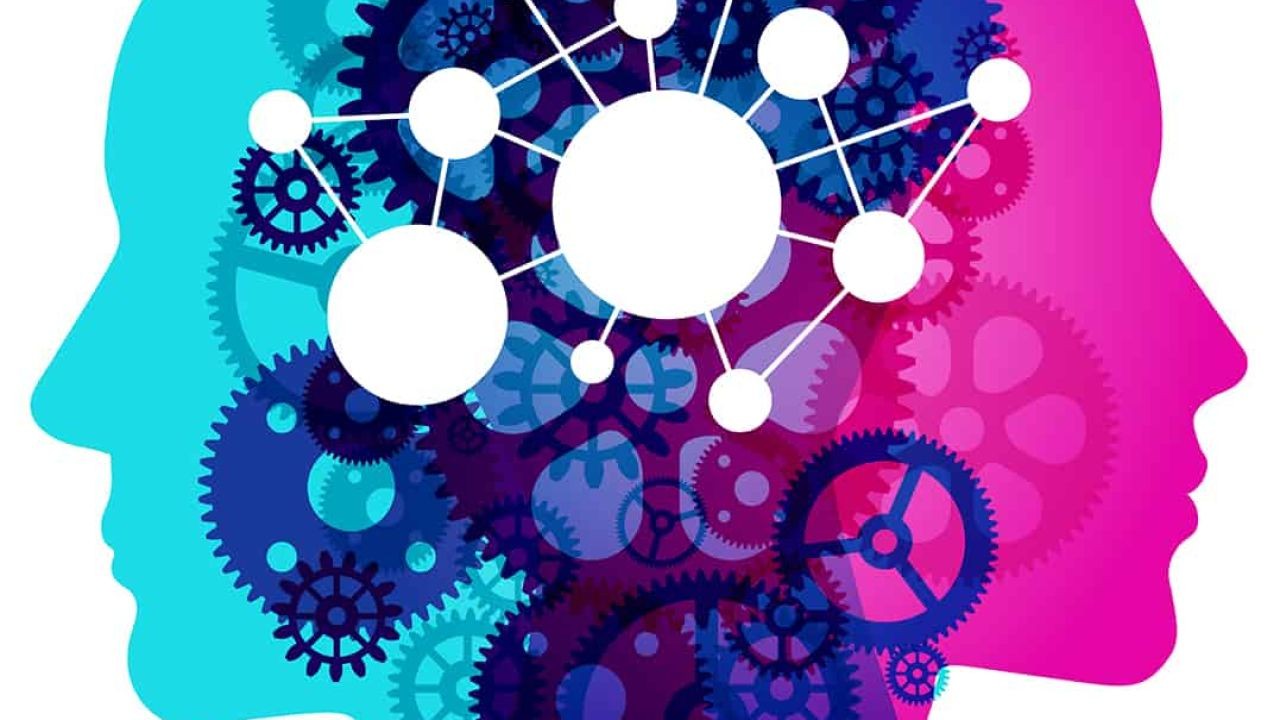New Zealand stands at a cultural crossroads, where the integration of Māori culture into the national curriculum has become a pivotal conversation. As New Zealand's demographic and cultural landscapes evolve, the significance of Māori culture in education is being scrutinized more than ever. This discussion is not just about cultural preservation but also about economic and societal benefits. For financial advisors and stakeholders in New Zealand's economy, understanding the implications of such cultural integration can offer insights into future workforce dynamics, market trends, and investment opportunities.
Case Study: Te Reo Māori in New Zealand Schools
Problem:
In 2000, New Zealand schools faced a significant challenge: the declining presence of Te Reo Māori, the Māori language, in educational institutions. This decline was not only a cultural loss but also posed economic implications, potentially affecting sectors reliant on cultural heritage, such as tourism.
Action:
To address this, the government launched initiatives to integrate Te Reo Māori into the national curriculum. This involved increasing funding for Māori language programs, training more teachers in Te Reo Māori, and making the language a core subject in schools.
Result:
- Te Reo Māori proficiency: By 2020, schools reported a 25% increase in students achieving proficiency in Te Reo Māori.
- Economic Impact: The tourism sector noted a 15% rise in cultural tourism revenue, attributed to a more culturally knowledgeable workforce.
- Community Engagement: Schools noted improved engagement and participation from Māori communities.
Takeaway:
This case study highlights the importance of integrating indigenous culture into education. For New Zealand businesses, particularly those in tourism and cultural sectors, understanding and supporting such integration can lead to significant economic benefits and community goodwill.
How Māori Culture Integration Works: A Deep Dive
Integrating Māori culture into New Zealand's national curriculum involves several strategic steps, each with economic and societal implications. Here's how it works:
1. Curriculum Development
Developing a curriculum that includes Māori culture requires collaboration between educators, Māori leaders, and policy-makers. This ensures that the curriculum is both culturally authentic and educationally robust. According to the Ministry of Education, incorporating Māori perspectives in subjects like history, science, and the arts can provide a more holistic education, fostering critical thinking and cultural awareness among students.
2. Teacher Training
Successful integration relies heavily on well-trained educators. Programs such as the TeachNZ scholarships have been instrumental in increasing the number of teachers proficient in Māori culture and language. These initiatives not only boost cultural competency in schools but also provide teachers with skills that are increasingly in demand in New Zealand's diverse workforce.
3. Community Involvement
Engaging Māori communities in the educational process is crucial. Community involvement ensures that the cultural content is relevant and respected. For instance, local iwi (tribes) often collaborate with schools to provide cultural resources and expertise, enhancing the educational experience for students and fostering strong community-school relationships.
4. Economic Implications
The integration of Māori culture into education has broader economic implications. A culturally competent workforce is more adaptable and innovative, qualities that are highly valued in today's global economy. According to Stats NZ, industries that actively engage with Māori culture, such as tourism and creative arts, contribute significantly to New Zealand's GDP.
Data-Driven Insights
- Employment Growth: According to the Reserve Bank of NZ, sectors that integrate Māori culture report a 20% higher employment rate due to increased demand for culturally knowledgeable employees.
- Tourism Revenue: The Ministry of Business, Innovation, and Employment (MBIE) notes that cultural tourism, heavily reliant on Māori culture, contributes over NZD 3 billion annually to the economy.
- Educational Outcomes: Schools with integrated Māori programs show a 30% improvement in student engagement and achievement.
Balanced Viewpoints: Pros and Cons
While the integration of Māori culture into the curriculum offers numerous benefits, it is not without its challenges. Here's a balanced view:
Pros:
- Cultural Preservation: Helps preserve and promote Māori language and traditions.
- Economic Benefits: Enhances sectors like tourism and creative arts.
- Social Cohesion: Fosters a more inclusive society and reduces cultural discrimination.
- Global Competitiveness: Creates a culturally competent workforce, attractive to international markets.
Cons:
- Resource Allocation: Requires significant investment in teacher training and curriculum development.
- Implementation Challenges: Varying levels of readiness and acceptance across schools.
- Potential Resistance: Some communities may resist changes due to perceived threats to existing educational norms.
Common Myths & Mistakes
As with any significant educational reform, misconceptions abound. Let's address some common myths:
- Myth: "Integrating Māori culture is only about learning the language." Reality: While language is a key component, integration involves understanding Māori history, values, and perspectives, which enriches the overall educational experience.
- Myth: "It benefits only Māori students." Reality: All students benefit from cultural competency, which enhances critical thinking and empathy, skills that are valuable in any career.
- Myth: "It's too costly for the benefits." Reality: The long-term economic and social benefits, such as a more skilled workforce and increased tourism revenue, outweigh the initial costs.
Future Trends & Predictions
The future of Māori culture in New Zealand's education system is promising. Here are some predictions:
- By 2028, cultural competency will be a core component of teacher training programs nationwide, enhancing educators' ability to deliver a culturally rich curriculum.
- The integration of technology, such as virtual reality experiences of Māori history and culture, will become a standard part of the learning process, making education more engaging and effective.
- Increased Global Interest: As New Zealand positions itself as a leader in cultural education, international students may seek opportunities to study in NZ, boosting the education sector's revenue.
Conclusion
Integrating Māori culture into New Zealand's national curriculum is more than a cultural imperative; it is an economic strategy that can drive growth and innovation. For financial advisors and businesses, understanding these dynamics can provide a competitive edge in a market that increasingly values cultural competency. As New Zealand continues to embrace its indigenous heritage, the potential for economic and social benefits is vast.
What's your perspective? Join the conversation and share your insights below!
People Also Ask (FAQ)
- How does integrating Māori culture impact New Zealand's economy? Integrating Māori culture enhances sectors like tourism and creative arts, contributing significantly to New Zealand's GDP, as noted by MBIE.
- What are the biggest misconceptions about Māori culture in education? A common myth is that it only benefits Māori students. However, research shows it enhances critical thinking and empathy in all students.
- What are the best strategies for integrating Māori culture into the curriculum? Experts recommend starting with curriculum development, followed by teacher training, and ensuring community involvement for long-term success.
Related Search Queries
- Benefits of Māori culture in education
- Economic impact of cultural integration in New Zealand
- Future of education in New Zealand
- Te Reo Māori in schools
- How to integrate indigenous culture into education

































GlennKomin
13 days ago